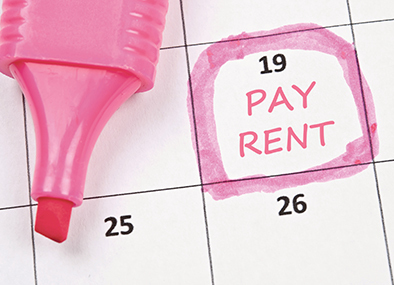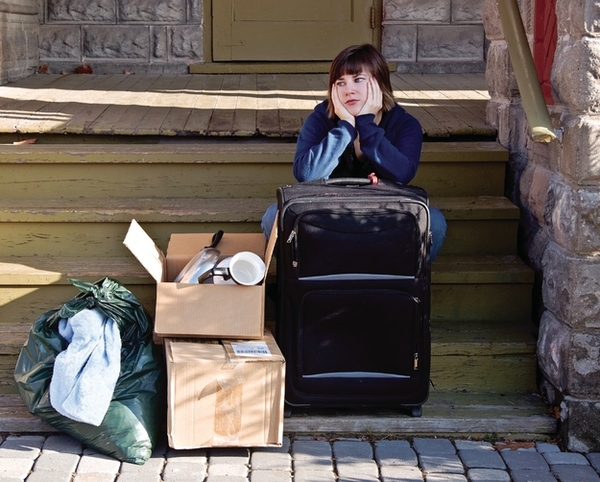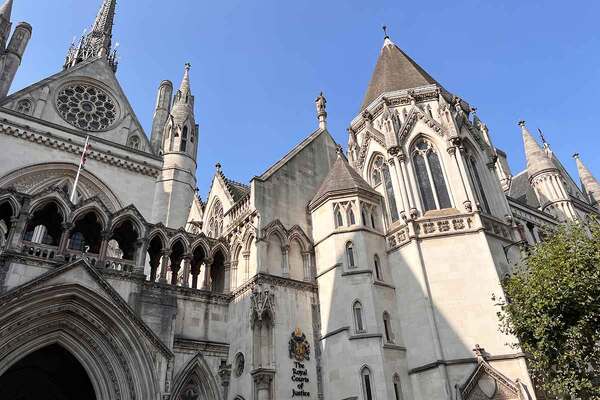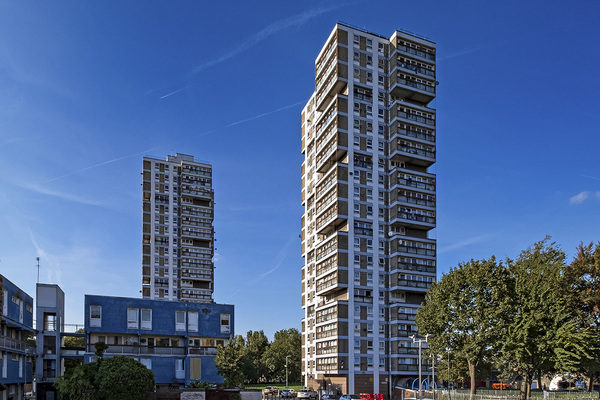 Campbell Robb
Campbell RobbBefore ...more
Increase in evictions are result of renters facing ‘impossible choices’
Rising evictions are being driven by a toxic mix of low wages and reductions in benefits, says Campbell Robb
 Campbell Robb
Campbell RobbBefore ...more
In 2015, 40,000 renters in England were evicted from their homes – the highest number on record. Many more felt forced to leave due to unaffordable rents, poor conditions or problems with a landlord.
National data from the English Housing Survey suggests that just under a quarter of current tenants reported that their last move from private rented properties in England was forced in some way.
Having a safe, stable place to live is so important – it provides a platform for work, learning and life. That’s especially true when we consider that there are now 1.6 million families with children living in the private rented sector (PRS).
We know that frequent moves in childhood can result in behavioural problems and lower educational attainment among children. Failing to get to grips with the housing crisis could affect the life chances of millions of people in poverty for years to come.
Recent research from JRF and the Cambridge Centre for Housing and Planning Research looks at what’s behind the high number of people currently losing their homes, and what this means for the 100 people who are evicted from their homes every day.
The number of renters being evicted is a third higher than in 2003, with our research finding that the bulk of the growth has been concentrated in the private rented sector. Much of this is due to the overall growth of the sector, but analysing the evidence shows changes in the type of eviction procedure being used, and some geographical patterns that aren’t fully explained by the growth of the sector.
More than four fifths of the increase in evictions in recent years is represented by the increasing use of ‘no fault’ evictions using Section 21 of the Housing Act 1988. This allows private landlords to end an assured shorthold tenancy without any wrongdoing on behalf of the tenant, and without the need for often lengthy legal proceedings.
Researchers found that the use of Section 21 is highly concentrated in areas where the shortfall between Local Housing Allowance (LHA) rates and market rents is highest. While the greatest impact is being felt in London, similar issues were also found in other high-pressure markets.
“Researchers found that the use of Section 21 is highly concentrated in areas where the shortfall between Local Housing Allowance rates and market rents is highest.”
Reductions in benefits, particularly the decision to freeze housing benefit, combined with low wages and the rising cost of other essentials, means that many tenants are facing a gap in their household budgets. The average shortfall between LHA rates and 30th percentile rents, which the payment is designed to cover, ranges from £22 to £70 per month outside the capital, to between £124 and £1,036 in inner London. Tenants living in a two-bedroom flat in outer London face an average gap of almost £200 per month.
As part of our research, we spoke to tenants who are in this situation. They told us that they are facing impossible choices between paying the rent, heating their homes and putting food on the table.
One single man in his 40s told us: “With the £50 per month [housing benefit shortfall] coming out of the Jobseekers’ Allowance – that’s almost a week’s money in itself – and then you’ve got the other bills… I just couldn’t make it work. I had to choose; what do I pay this month – do I pay the rent? Do I pay the electricity? Do I buy some food? And it just snowballed.”
People on low incomes, who are already living in the cheapest homes in the PRS, are finding it impossible to make up the gap, leading to stress and hardship. If things escalate and tenants are forced to leave their homes, many are unable to access social housing or find a cheaper PRS property. Agency fees, high deposits and the need for a guarantor add further barriers for people trying to find a new property.
“The government could ease the pressure immediately by ending the freeze on support for housing costs, and uprating housing benefit in line with local rents.”
The government has made some positive moves to help renters, but with social housing supply failing to keep up with demand and homeownership out of reach for many, we must make sure that the private rented sector works for people on low incomes.
With inflation rising faster than wages, many tenants have no way of closing the gap between their incomes and the money they need to cover their rent. The government could ease the pressure immediately by ending the freeze on support for housing costs, and uprating housing benefit in line with local rents. Looking further ahead, the government could tackle the rocketing cost of housing by building more homes of all tenures.
Making some new homes available under a new living rent scheme would link affordable rents to local earnings, making rents genuinely affordable to people on low incomes without the need for support, and would bring down the benefits bill in the long term.
Campbell Robb, chief executive, Joseph Rowntree Foundation









